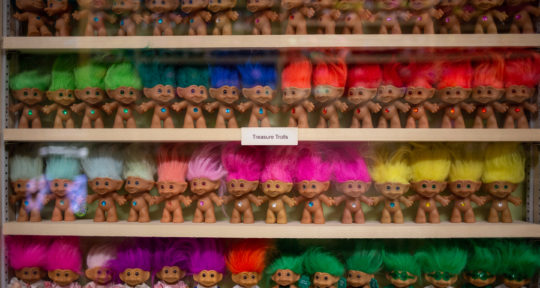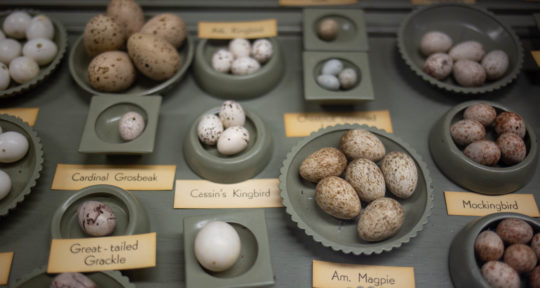Located on an unassuming side street off of Interstate 580 in Carson City, Nevada, across from Costco and Walmart, the Stewart Indian School Cultural Center and Museum is easy to overlook. Travelers with a keen eye for historical markers may be surprised to come across a sprawling campus with green lawns, towering trees, and rustic stone buildings reminiscent of the Civilian Conservation Corps structures found in national and state parks around the country.
Beyond the beauty of this National Historic District campus, a visit to Stewart Indian School illuminates the little-known history of Native American boarding schools in the U.S. Founded in 1890, Stewart was part of a federal program to forcibly assimilate Native American children into the dominant Euro-American culture. Students at more than 300 military-style boarding schools across the country were addressed by number instead of name, had their long hair cut, performed manual labor, and were strictly forbidden to speak their native languages. Children as young as four were cut off from their families and culture. Many were taken without their parents’ knowledge.
The full story of Stewart Indian School is complex, like any history. The school was in operation until 1980, and it evolved over the years under federal reforms, new superintendents, and the advocacy of students and parents. Students in later years were encouraged to practice their native languages and culture alongside the school’s curriculum of academics, vocational training, and athletics. With thousands of students over almost a century, taken from more than 200 tribal groups around the West, the impact of the school still reverberates today.
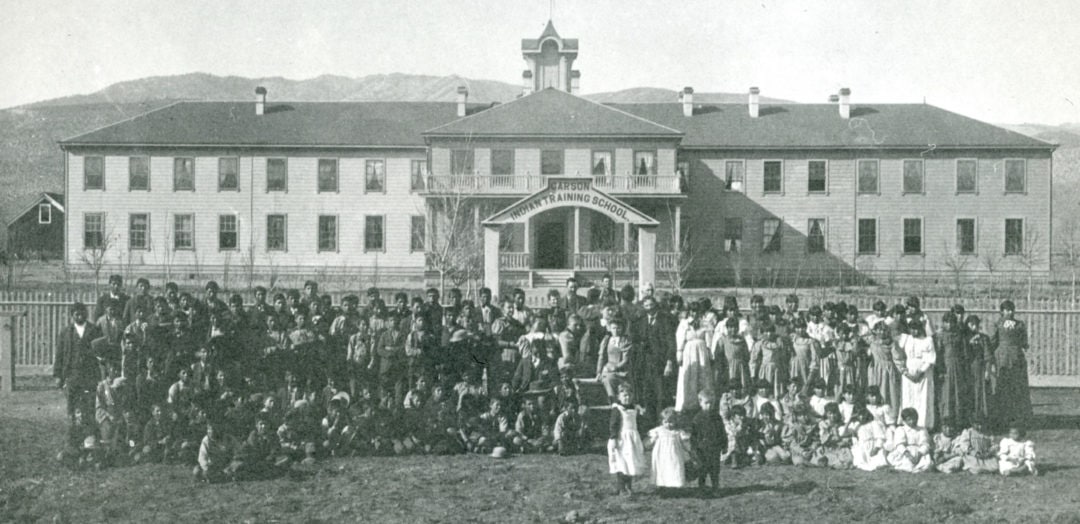
Now a cultural center and museum, the school’s history is compellingly told through the voices of Stewart alumni and their families. “We tell the truth, that’s what the alumni told us they wanted us to do,” museum director Bobbi Rahder says. “They also told us that every student had a different experience. Some of them had a good time, some of them had a bad time. Some of them have stories in their family of bad times, but they had a good time while they were here. It’s so varied, and we tried to include as many stories as possible.”
Bringing history to life
Visitors can learn about these stories and more through an audio walking trail around campus, and the new Cultural Center & Museum, which opened in 2020. When I visit, the Cultural Center is closed due to COVID-19 restrictions (it has since reopened), but with a cell phone-accessible audio trail and beautiful grounds to explore, Stewart is ideal for a safe, outdoor visit.
As I walk around the campus with my own school-age children, listening to recorded memories from students and teachers brings the past powerfully back to life. Outside the auditorium, Daisy Smith recalls arriving at the school in 1939 as a 6-year-old. Smith wanted to go to Stewart like her siblings, but wasn’t prepared for the experience. She remembers participating in a Christmas pageant in the auditorium, the dresses her mother made her for school being replaced by military clothing, and hoping to catch a glimpse of her older brothers and sisters as they marched separately around campus.
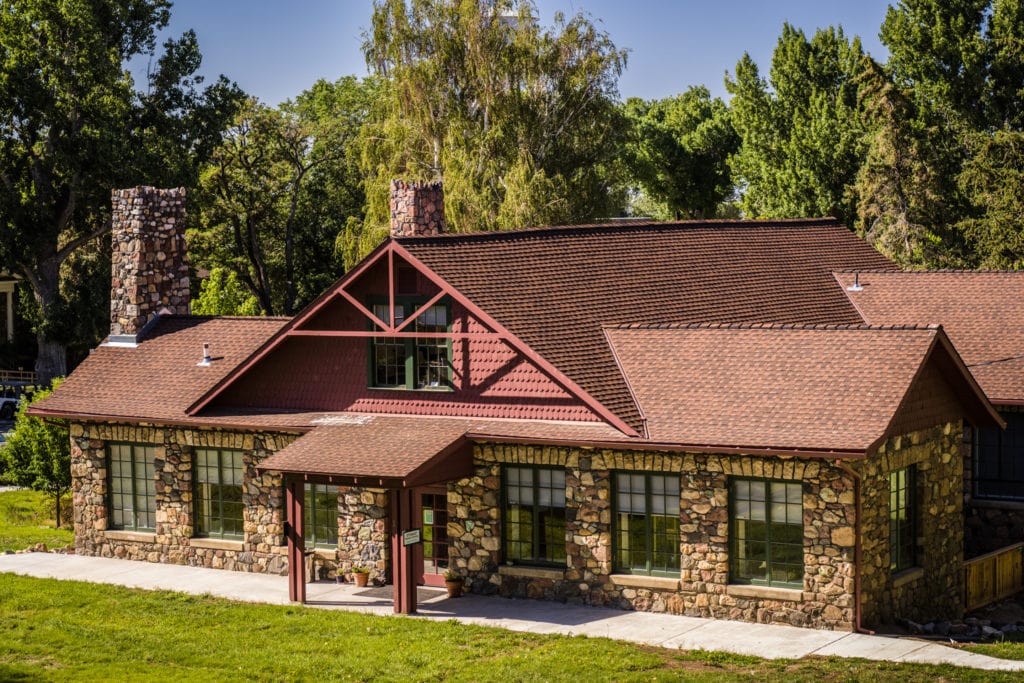
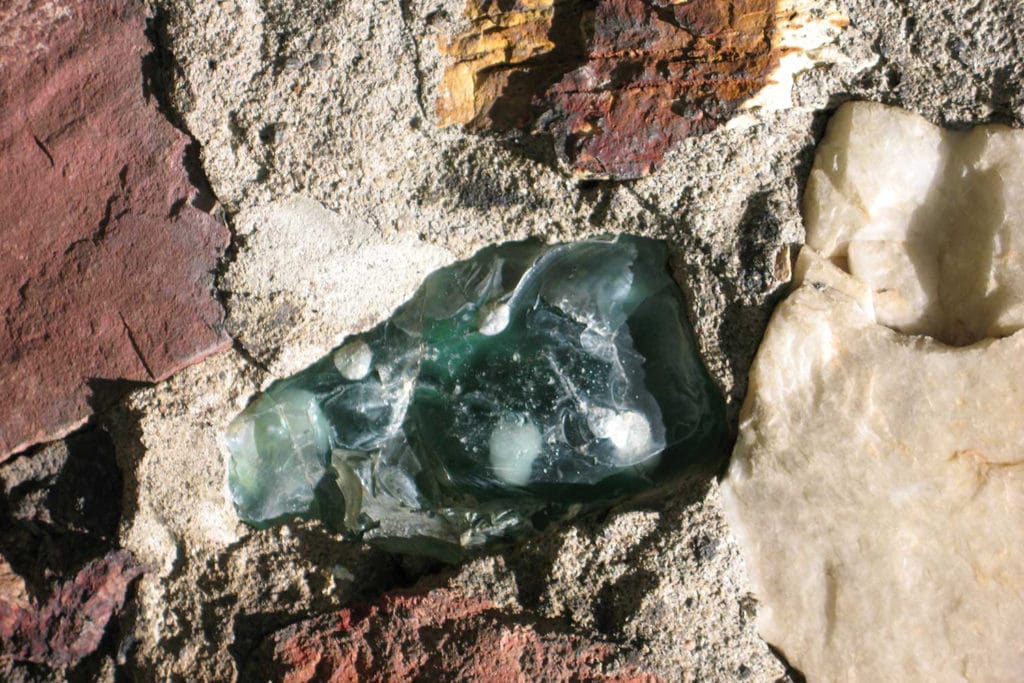
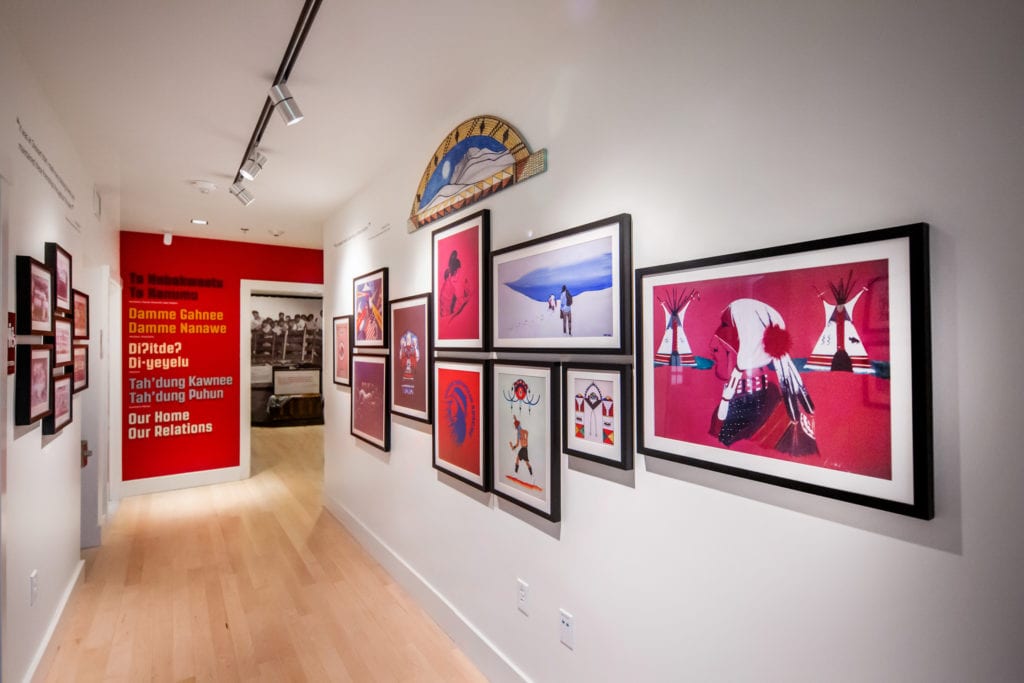
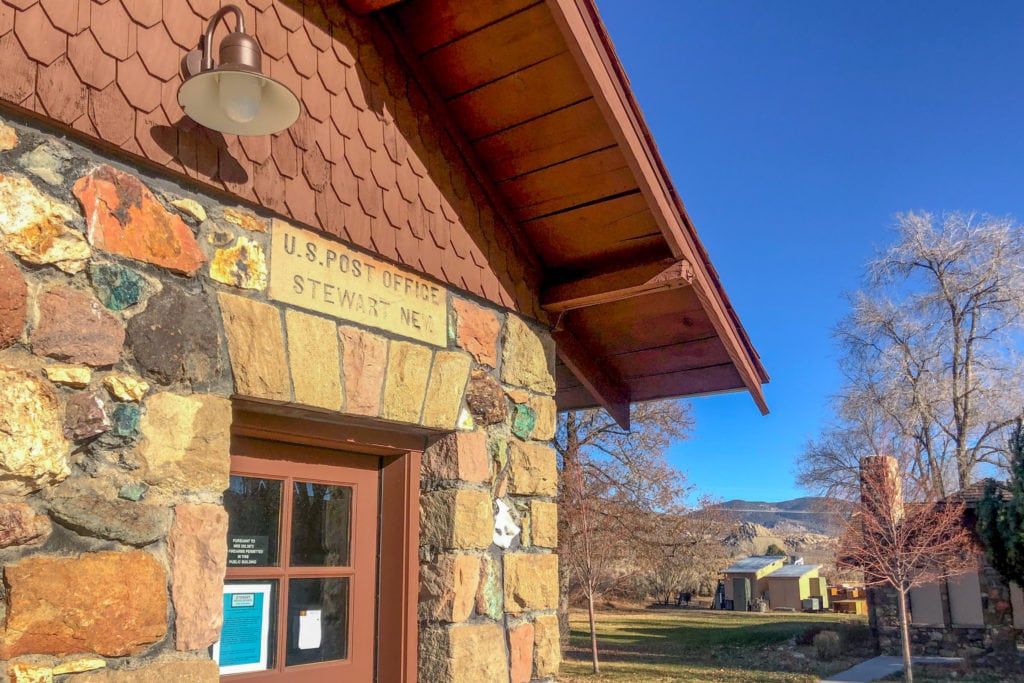
We admire the buildings, constructed with colorful local rocks by Hopi stonemasons along with apprentice students. The current structures were built between the 1920s and ‘40s to replace original wooden ones that had fallen into disrepair. We learn how Bernice Wungnema Gorham was brought to Stewart from Arizona by her father, a Hopi stonemason working at the school. “To this day” she could recognize the work of her father and brothers. Director Rahder says that the Wungnema family stayed in the area, and some family members still run a masonry business; relatives from Arizona have returned to visit the school.
Past and present
This melding of past and present is evident in the new Cultural Center and Museum, a contemporary space located inside of the restored 1923 Administration Building. Rather than a straight chronology of the school’s 90-year history, the exhibits are arranged by theme, including Coming to Stewart, Daily Life, The Shadow of Stewart, and Stewart Today, which celebrates the accomplishments of former students. Throughout, the students’ voices are front and center. Their diverse experiences are brought to life visually with archival photos, band and athletic uniforms, and artwork created by the students during their time at the school.
A former vault is creatively used to provide the Voices of Stewart immersive sound experience. Visitors can listen to tribal members saying “This is our home” in the four main Great Basin languages, ones that students were forbidden to speak. Great Basin groups include the Washoe, Paiute, and Shoshone, the school’s first students from the area. The Center plans to expand the exhibit to include recordings from other tribes whose children were brought to Stewart.
The present is represented and celebrated through live storytelling, craft demonstrations, and an art gallery showcasing contemporary work by Great Basin Native artists. The Nevada Indian Commission, which operates out of the former school superintendent’s home, sponsors an annual powwow that draws hundreds of visitors.
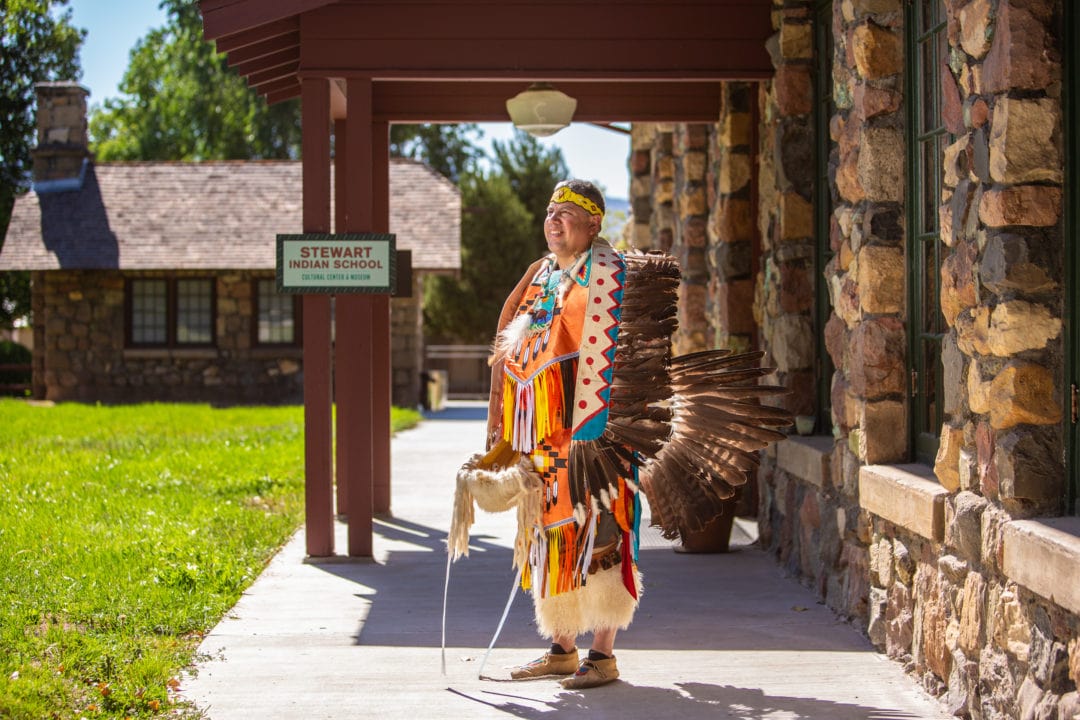
“We call this a cultural center and museum because it’s not just a history of Stewart Indian School,” Rahder says. “We work with a cultural advisory committee that’s made up of at least 20 living Stewart alumni, or their relatives. They are our bosses. They tell us about their experiences and that’s what we share here at the museum.” The committee, she says, also decides what direction the museum should take in terms of art programs, educational activities, and outreach with Nevada public schools.
The Cultural Center’s recent opening feels especially significant at a time when the U.S. faces a reckoning with systemic racism, intergenerational trauma, and the narrow historical narrative that so many of us were taught. Rahder shares one of her favorite quotes: “Indian history is American history.” When I ask her what she hopes visitors who don’t have a connection to the school take away from the experience, she says: “What we would like non-Native audiences to learn about is that [federal assimilation] policy, and how damaging it was, but also to emphasize how resilient the Native people were who went through these boarding schools, and the ones who survived and went on to live amazing lives.”
If you go
Stewart Indian School Cultural Center and Museum is open 10 a.m. to 5 p.m. Monday through Friday.


